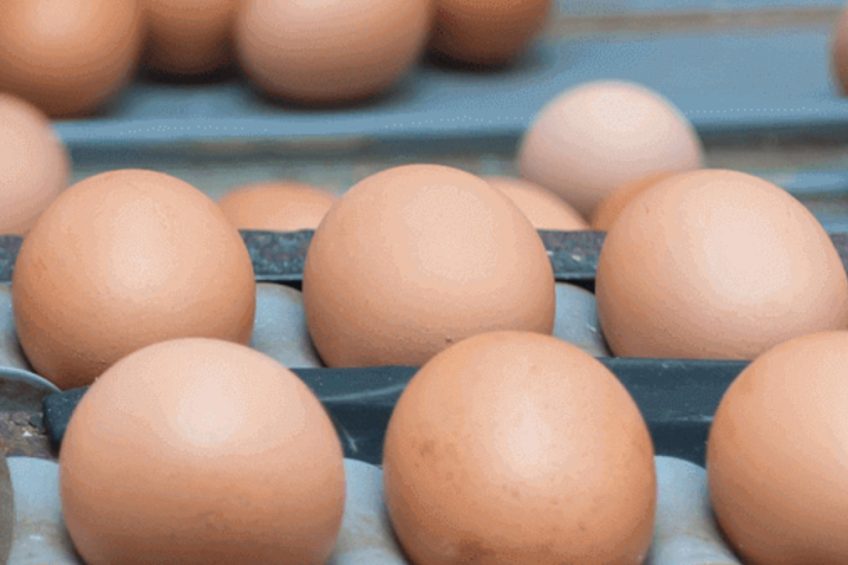Fipronil: Greater action needed on egg sourcing standards

Food companies need to stand up for the safety of their customers and take greater action on egg sourcing standards, according to one leading European industry leader.
They are failing to ensure that pasteurised eggs are of a high enough quality to prevent egg related health scandals.
Writing in the Grocer, Ian Jones, chairman of British Lion Egg Processors, said not enough progress had been made since the fipronil disaster 12 months ago, adding that there was very little reassurance to consumers that they were being adequately protected.
“The Dutch government recently released a paper acknowledging that the Dutch egg sector did not have sufficient safeguards in place and knowledge of even statutory regulations was “too limited”.
“There has subsequently been another fipronil-related incident with eggs originating from the Netherlands. And the scandals don’t stop there. In 2018, millions of eggs have been recalled in the US due to salmonella, thousands of eggs have been recalled in Germany due to salmonella and more than 4 million eggs were recalled in Poland due to lasalocid contamination.
“And last week the victims of a salmonella outbreak in the UK, linked to German eggs, were awarded £275,000 in compensation.”
Mr Jones said these were not minor, isolated incidents and similar incidents had been happening for years and would continue until action was taken.
“Companies may specify pasteurised egg products thinking they are protected, but food businesses should, by now, be aware that not all pasteurised eggs are the same. There is a clear gap in standards between the requirements British Lion egg processors follow and the requirements of EU legislation,” he added.
Scientific discovery
In a separate development this week, Chinese scientists have claimed they have discovered a simple and rapid method for detecting fipronil on egg shells and in liquid eggs by Raman microscopy.
Fipronil rapidly crystallized when solubilized in water-acetone solution. This process can be visually observed by naked eyes, suggesting a possible rapid and instrument-free screening action.
Then fipronil crystals were concentrated and recovered on a gold-coated glass slide for further identification and quantification by Raman microscopic analyses. A standard curve was established to quantify fipronil within the range of 1-500mg/L.
Acetone based extraction recovered fipronil at three spiked levels of 5,60 and 100mg/kg on chicken eggs shells and in liquid eggs from 59.91% to 81.72% and 81.72% to 152.46% respectively. The limit of detection translated to the weight of liquid egg (0.32mg/kg) and the surface area of the egg shell (0.065mg/square metre).
In conclusion, the scientists say the method has demonstrated a strong capacity for the rapid detection – less than 30 minutes – of fipronil on chicken egg shells and in liquid eggs.













